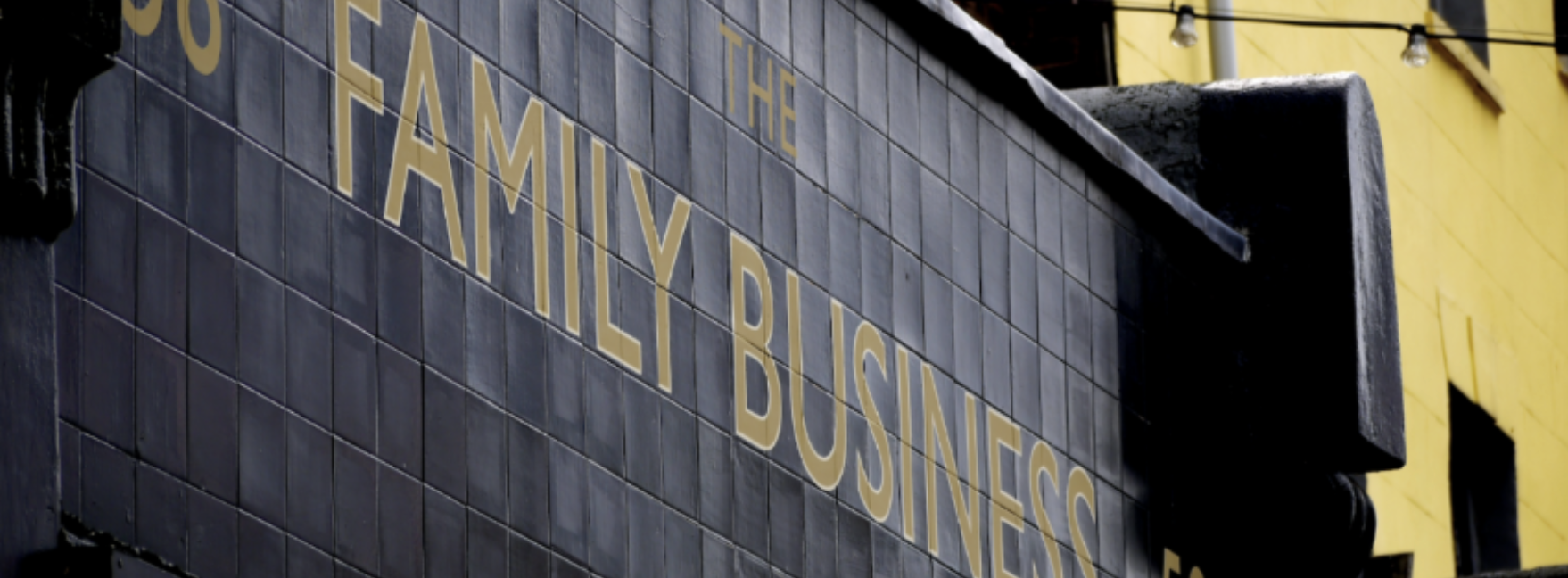All in the family
Mark Satov on managing strategy projects for family businesses
The situation:
A $5B family business is run by the founder and a team of outside managers. The children, successful outside of the business, all sit on the Board and are responsible for making significant strategy and investment decisions. While the company continues to be successful, the Board had concerns about the informality of the decision-making process, the reliance on founder’s intuition, and, most importantly, the lack of a formal strategy process to guide the company through the next phase of growth. The CEO reached out to Mark for help to codify the current strategy, and in so doing to create a process that would endure for future strategy updates.
Q. David Saffer: How challenging is strategy work with a family-owned business?
A. Mark Satov: Often in family businesses you have this dynamic of a founder who just knows what to do and a younger generation who loves and respects the founder but also wants a more modern approach to decision making. There may also be a theme of modernization for the actual business which would include, among other things, catching up with the digital revolution. The aforementioned project was indeed a challenge, because the strategy was quite loosely created, the business had not really modernized, and, most importantly, there were warring factions on the board and within the family.
Q. Is there a secret to building alignment?
A. I don’t know about a secret, but I do start most difficult discussions differentiating between perspectives and positions. I want everyone to have a perspective on the right answer, and I want nobody to have a position. Or if they have a position, I want it to be based on a perspective which can then change based on new data. I want perspectives to be formed based on a mix of intuition, experience, and data. I don’t even mind if people have some selfish concerns, as long as they are able to recognize them. My favourite clients are the ones who walk in on the first day and openly state why they don’t agree with the process, or the hypothesis, or any aspect, and tell me that they are open to changing their views. Then we can create a transparent analysis plan and let the data fall where it does.
Q. So does that secret work with family business too? What are the obstacles?
A. Well, it doesn’t always work in any setting. Sometimes people are too deadset on their positions and either not willing to engage in the process or not willing to move their positions based on new perspectives. You hear all the time that a consultant’s greatest frustration with their job is working on a pile of recommendations that don’t get implemented. I take a lot of responsibility for that, because when that happens it means either I did not do a good enough job making the case for change or I chose to work with a client who just wasn’t ready. My team always does great analysis, but if I don’t do my job choosing the right clients or helping sell the change, then we ultimately won’t be successful. I will share that I am becoming much pickier on client selection for strategy projects, because I want to avoid situations where we have taken a whack of fees that don’t generate a return for the client or a good story for us to tell.
With families, resistance can be greater because you must add the baggage of lifelong relationships. People may be more resistant to change their view simply because, for instance, it is too difficult for them to give in to their brother with whom they never agreed or against whom they think they are fighting for power in the group. Having said that, there are many families that are very accustomed to putting personal relationships aside and doing what is best for the business.
Q. Why did this project matter?
A. Well, every project matters and, as corny as this may sound, I really enjoy every project. I will say that this was not the first time I met the ultimate decision maker, having been hired by others, and been told flat out “I would never have hired you…but the Board made me.” It didn’t faze me, and in the end, they actually took our recommendations on process and strategy codification. They also terminated some senior management who were clearly not aligned with the modernization of the process and of the business. While we never make recommendations on people and don’t like to see people leave, this was an indication that they were serious about the future. So I was able to call the project a win, in that we helped management achieve what they wanted to and can execute.
Q. What did you mean by strategy “codification”?
A. As consultants, we wanted to challenge the strategy, because it wasn’t developed in a way the strategy consultants do – it wasn’t particularly data driven and objective…and frankly the Board was adamant that it needed a fresh pair of eyes.
We found that the major points of the strategy held water: they were backed by good commercial sense, and some thorough data analysis helped to validate them. I always tell clients when they hire us that we will not guarantee to find flaws in what they are doing. We are never going to pretend that they were wrong before they call us to make us look smart or to give them the idea of value for money. They get value from validation, alignment, an ability to communicate it broadly to the organization, and, of course, to implement it in a structured way, even if the original idea was bang on.
Q. How would you sum up the advice and help SATOV delivered on this case?
A. On a very direct and short-term basis, we provided the board with strong confidence to approve some significant investments, as they were validated by a well laid-out strategy. More broadly, we helped them by creating a strategy that is well understood and agreed to by all, as well as a process to refresh that strategy as new realities emerge.



